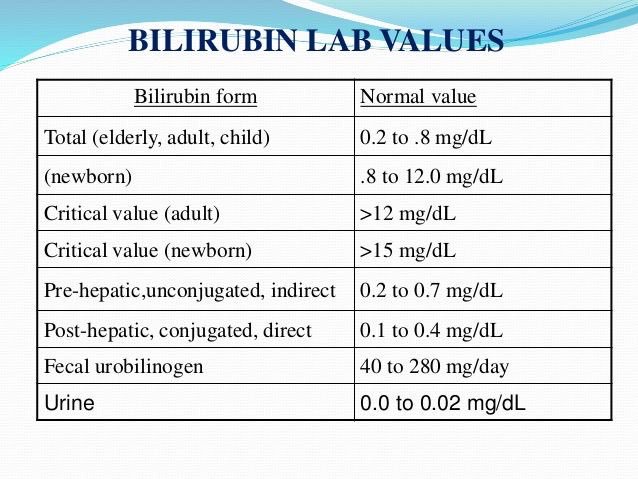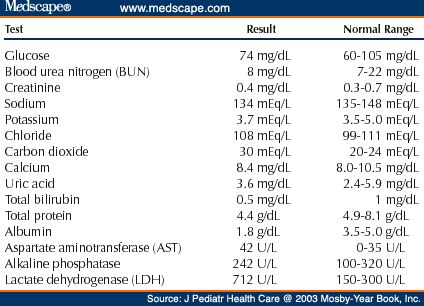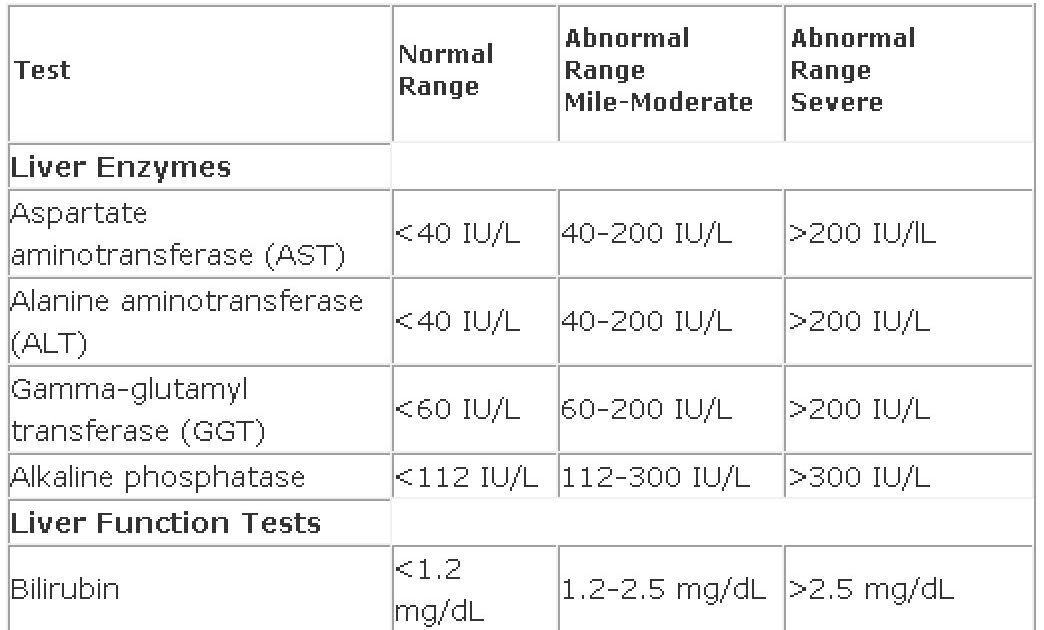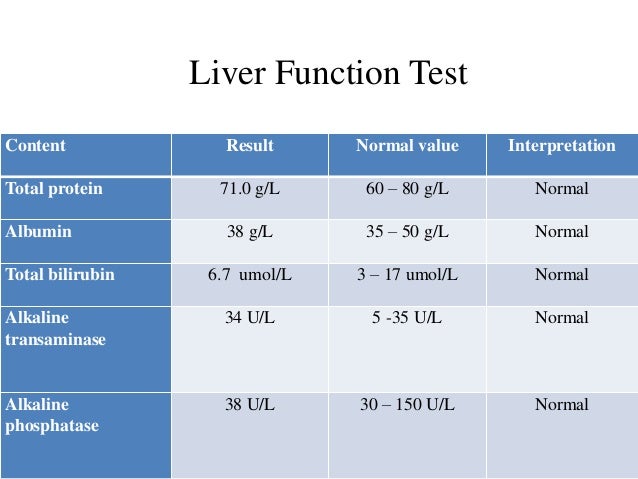Normal liver levels blood test. Decoding Liver Test Results: Navigating Normal, High, and Low Levels for Optimal Health
What are the normal liver test levels? What do high or low liver test results mean? Discover the symptoms and causes behind abnormal liver function and how to maintain healthy liver levels.
Unveiling the Mysteries of Liver Test Results
The liver is a vital organ that plays a crucial role in our overall health and well-being. It is responsible for a wide range of functions, including the metabolism of drugs, the production of bile, and the regulation of blood clotting. To monitor the health of this essential organ, healthcare providers often order a series of blood tests known as liver function tests (LFTs).
Understanding the Common Liver Tests
The most common liver tests include:
- Serum Bilirubin Test: This test measures the levels of bilirubin, a waste product produced by the liver. High levels of bilirubin may indicate a blockage in bile flow or a problem with how the liver processes bile.
- Serum Albumin Test: This test measures the levels of albumin, a protein produced by the liver. Low levels of albumin may suggest the liver is not functioning properly.
- International Normalized Ratio (INR): This test measures how long it takes for the blood to clot, which is dependent on the liver’s ability to produce certain clotting factors.
- Alkaline Phosphatase (ALP) Test: This test measures the levels of an enzyme found primarily in the liver, bones, and bile ducts. Elevated levels may indicate liver or bile duct issues.
- Alanine Transaminase (ALT) Test: This test measures the levels of an enzyme found mostly in the liver. Increased ALT levels may suggest liver cell damage.
- Aspartate Transaminase (AST) Test: This test measures the levels of an enzyme found in various organs, including the liver. Elevated AST levels may indicate liver injury.
- Gamma-Glutamyl Transpeptidase (GGT) Test: This test measures the levels of an enzyme produced in the liver, pancreas, and bile ducts. Increased GGT levels can be a sign of liver or bile duct problems.
- Lactic Dehydrogenase (LDH) Test: This test measures the levels of an enzyme involved in the body’s metabolic processes. While not specific to the liver, elevated LDH levels may suggest tissue damage, including in the liver.
Deciphering Normal, High, and Low Liver Test Results
Interpreting liver test results can be complex, as the normal ranges can vary depending on factors such as age, gender, and individual differences. Generally, the following guidelines can be used to understand the significance of liver test results:

Normal Liver Test Results
When all liver tests fall within the normal reference range, it typically indicates that the liver is functioning properly. However, it’s important to note that normal test results do not necessarily mean that the liver is completely healthy, as some liver conditions may not be detected by these tests.
High Liver Test Results
Elevated liver test results, particularly ALT, AST, and ALP, may indicate the presence of liver damage or dysfunction. Some common causes of high liver test results include:
- Viral hepatitis (e.g., hepatitis A, B, or C)
- Alcohol-related liver disease
- Nonalcoholic fatty liver disease (NAFLD)
- Cirrhosis
- Liver cancer
- Certain medications or supplements
Low Liver Test Results
While high liver test results are more commonly associated with liver problems, low levels of certain liver enzymes can also indicate underlying health issues. Potential causes of low liver test results include:
- Malnutrition or liver disease that impairs protein synthesis
- Severe liver damage or cirrhosis that reduces the production of liver enzymes
- Certain genetic disorders that affect liver enzyme production
- Use of certain medications that can lower liver enzyme levels
Symptoms and Causes of Abnormal Liver Test Results
Abnormal liver test results, whether high or low, can be accompanied by a variety of symptoms, including:
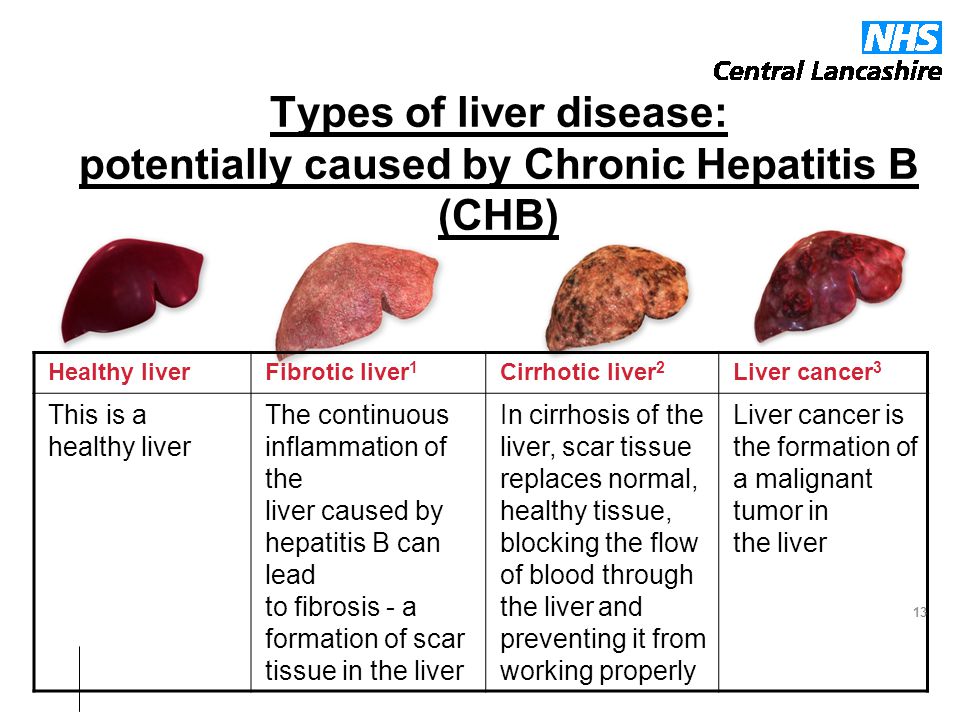
- Fatigue
- Nausea or vomiting
- Abdominal pain or discomfort
- Jaundice (yellowing of the skin and eyes)
- Dark-colored urine
- Pale or clay-colored stools
- Itchy skin
The specific causes of abnormal liver test results can vary widely, ranging from lifestyle factors like alcohol consumption or dietary habits to underlying medical conditions such as viral hepatitis, fatty liver disease, or liver cancer. It is essential to work closely with a healthcare provider to identify the root cause and develop an appropriate treatment plan.
Maintaining Healthy Liver Levels
To help maintain healthy liver function and prevent or manage abnormal liver test results, it is recommended to:
- Limit alcohol consumption
- Maintain a balanced and nutritious diet
- Exercise regularly
- Avoid exposure to toxins and chemicals
- Properly manage any underlying medical conditions
- Follow the instructions of your healthcare provider regarding any prescribed medications or supplements
By understanding the significance of liver test results and taking proactive steps to maintain liver health, individuals can better manage their overall well-being and address any potential liver-related issues in a timely and effective manner.

Frequently Asked Questions
What do high liver test results mean?
High liver test results, particularly elevated levels of enzymes like ALT, AST, and ALP, may indicate the presence of liver damage or dysfunction. Common causes include viral hepatitis, alcohol-related liver disease, nonalcoholic fatty liver disease, cirrhosis, and liver cancer.
What do low liver test results mean?
While less common, low levels of certain liver enzymes can also be a sign of underlying health issues. Potential causes include malnutrition, severe liver damage or cirrhosis, certain genetic disorders, and the use of certain medications.
How can I maintain healthy liver levels?
To maintain healthy liver levels, it is recommended to limit alcohol consumption, maintain a balanced and nutritious diet, exercise regularly, avoid exposure to toxins and chemicals, properly manage any underlying medical conditions, and follow the instructions of your healthcare provider regarding any prescribed medications or supplements.
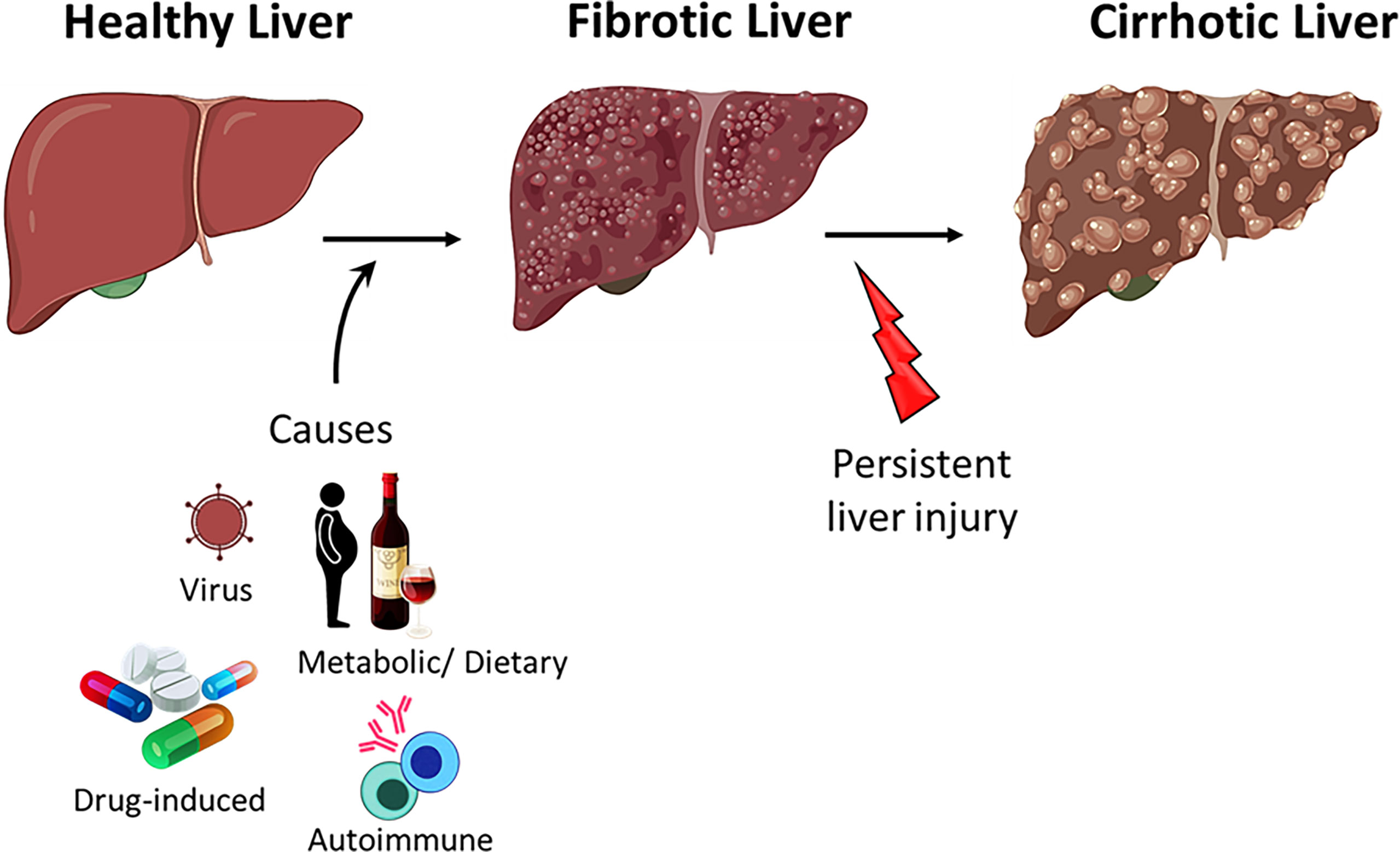
Conclusion
Understanding the normal ranges, high, and low levels of liver tests is crucial for monitoring the health of this vital organ. By being aware of the common liver tests, their significance, and the associated symptoms and causes, individuals can work closely with their healthcare providers to address any liver-related issues and maintain optimal liver function for overall well-being.
Common Liver Tests | University Hospitals
What are some common liver tests?
A series of blood tests can often
find out if the liver is inflamed, injured, or working normally. These tests can also
tell the difference between acute and chronic liver disorders. And they can tell the
difference between hepatitis (infection or inflammation of the liver) and cholestasis
(problems with the flow of bile).
The most common blood tests are
below.
Liver function tests
Serum bilirubin test. This test measures the levels of
bilirubin in the blood. Bilirubin is made by the liver and is excreted in the
bile. High levels of bilirubin may mean there is a blockage of bile flow. Or it
Or it
could mean a problem with how the liver processes bile.Serum albumin test. This test is used to measure the
level of albumin. Albumin is a protein in the blood. The test may help in the
diagnosis of liver disease. Low levels of albumin may mean the liver is not
working normally.International normalized ratio (INR). This used to be
known as the prothrombin time (PT) test. This test measures how long it takes for
blood to clot. Blood clotting needs vitamin K and a protein that is made by the
liver. Blood that takes a long time to clot may mean liver disease. Or it may mean
Blood that takes a long time to clot may mean liver disease. Or it may mean
low levels of certain clotting factors.
Liver enzyme tests
Serum alkaline phosphatase test. This test is used to
measure the blood level of an enzyme called alkaline phosphatase. This enzyme is
found in many tissues. The highest amounts are in the liver, biliary tract, and
bones. This test may be done to check liver function. And it may be done to find
liver lesions that may cause bile blockage, such as tumors or abscesses.Alanine transaminase (ALT) test.
 This test measures the
This test measures the
level of alanine aminotransferase. This is an enzyme found mostly in the liver. It
is released into the bloodstream after acute liver cell damage. This test may be
done to check liver function. Or it may be done to check on the treatment of acute
liver disease, such as hepatitis.Aspartate transaminase (AST) test. This test measures
the level of aspartate transaminase. This is an enzyme that is found in the liver,
kidneys, pancreas, heart, skeletal muscle, and red blood cells. This enzyme is
released into the bloodstream after acute liver cell damage.Gamma-glutamyl transpeptidase (GGT) test.
 This test
This test
measures the level of gamma-glutamyl transpeptidase. This is an enzyme that is
made in the liver, pancreas, and biliary tract. This test is often done to check
liver function, to give information about liver diseases, and to see if a person
has had alcohol.Lactic dehydrogenase test. This test can find tissue
damage and may help in the diagnosis of liver disease. Lactic dehydrogenase is a
type of protein. It is also called an isoenzyme. It is involved in the body’s
metabolic process. But this is a very nonspecific liver test. It is rarely used
for liver disease assessment.
Other diagnostic tests
Other diagnostic liver tests may be done if a specific disease is
suspected. These tests include:
These tests include:
Alpha-fetoprotein (AFP) test. Alpha-fetoprotein is a
blood protein made by fetal tissue and by tumors. This test may be done to predict
the risk for primary liver cancer (hepatocellular carcinoma). It is also done to
see how well therapy is working to treat certain cancers, such as hepatoma (a type
of liver cancer).Antimitochondrial antibodies (AMAs). These antibodies
in the blood can mean primary biliary cirrhosis, chronic active hepatitis, or
other autoimmune disorders. Many other antibodies are also suggestive of liver
disease and can be found in blood.
Serum alpha-1 antitrypsin test (A1AT). This test
measures the levels of alpha-1 antitrypsin in the blood. This test is done to help
find a rare form of emphysema in adults. And it is done to find a rare form of
liver disease (cirrhosis) in children and adults.- Viral hepatitis
tests.
These check if you have or had hepatitis A, B, C, D, or E. In the U.S.,
hepatitis D and E are uncommon. - Certain blood tests can suggest metabolic liver disease in
people with obesity, diabetes, high blood pressure, heart disease, and high
cholesterol.
Why Too Many Patients Get Liver Tests They Don’t Need
Screen Saver: Why Too Many Patients Get Liver Tests They Don’t Need
Doctors are ordering too many liver-related blood tests at the same time, new research shows, which may lead to unneeded worry, biopsies and costs.
7:00 AM
Author |
Kara Gavin
It can start with the quick check of a box: A doctor orders a range of blood tests all at once, hoping to figure out what’s causing a patient to show signs of liver damage.
MORE FROM THE LAB: Subscribe to our weekly newsletter
It sounds harmless enough, not to mention quicker and more convenient than making the patient come back for more blood tests later.
But ordering too many liver tests at once may lead to unneeded worry, biopsies and costs, says a University of Michigan researcher who has studied the issue from many angles.
He and colleagues examine the issue of “over-testing” for liver conditions in two new papers published in the Journal of Hospital Medicine and the Journal of Hepatology. The new papers focus, respectively, on the 1 to 2 percent of all hospital patients who show very high levels of liver enzymes, and the 8 percent of clinic patients who have slightly high levels.
Both papers recommend that doctors should rule out common liver issues before testing for the uncommon ones. They also say that the modern computer systems doctors use to order liver tests should help them pause and make wiser choices.
It isn’t the initial $100 blood test for elevated liver enzymes that concerns Elliot Tapper, M.D., M.S. It’s the trend toward “one-stop shopping” testing, often ordered with the single click of a checkbox on a computer screen, that proceeds it.
“Physicians are legitimately thinking they’re doing the right thing by ordering the full panel of tests, being thorough and trying not to miss anything.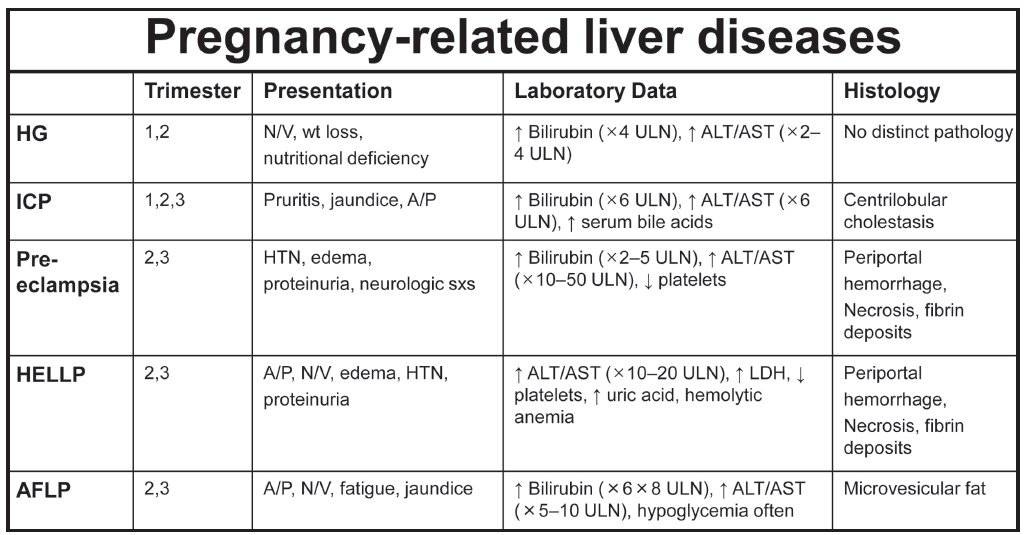 In the hospital, they may be doing what a consulting liver specialist has suggested,” says Tapper, a gastroenterologist who treats liver diseases and conducts data-driven research on them at the U-M Institute for Healthcare Policy and Innovation.
In the hospital, they may be doing what a consulting liver specialist has suggested,” says Tapper, a gastroenterologist who treats liver diseases and conducts data-driven research on them at the U-M Institute for Healthcare Policy and Innovation.
“But they’re not aware of, or thinking about, the ramifications,” he continues. “This can include false positives for rare diseases that can cause the patient and their family anxiety and lead to unnecessary liver biopsies.”
Practical measures first
Tapper advocates for a “directed” approach to liver testing.
That, he says, first means ordering tests for the most common causes of sudden severe liver issues — including hepatitis B or C, problems caused by gallstones, a drug overdose or blockage of blood vessels feeding the liver, situations that all require immediate care. Doctors also should first take a patient’s broader symptoms and lifestyle into account.
SEE ALSO: To Screen or Not to Screen: The Risks of Over-Imaging and Testing
In outpatients, liver issues related to alcohol or obesity and diabetes are most likely the cause of slightly elevated liver enzyme levels, followed by hepatitis B or C. So tests for these conditions, including an ultrasound of the liver to look for nonalcoholic fatty liver disease, should be ordered first.
So tests for these conditions, including an ultrasound of the liver to look for nonalcoholic fatty liver disease, should be ordered first.
In either setting, if the patient discloses that they’ve been drinking excessive amounts of alcohol or using intravenous drugs (which can increase the risk of hepatitis B and C) or affirm they’ve been taking a drug or dietary supplement that can cause liver damage, then the need to test for the rarer conditions falls sharply.
Only after those are ruled out should tests be done for rare, dangerous autoimmune or genetic disorders that attack livers.
Still, the initial tests for these rare conditions — Wilson disease, hemochromatosis, autoimmune hepatitis primary biliary cholangitis — set a low bar. Many people who take them will get a false positive and require a biopsy to confirm presence of the condition. That can cause anxiety, pain and, in some cases, worry about the genetic risk to relatives.
The main message to all physicians with a patient with elevated liver enzyme levels is, think about what could really hurt my patient and what’s common, and direct your testing in that way first.
Elliot Tapper, M.D., M.S.
Over-testing in hospital patients
Tapper and his former Harvard Medical School colleague offer new data on the issue of liver-based over-testing along with advice for hospital-based physicians in the new Journal of Hospital Medicine paper. It’s part of a series called “Things We Do for No Reason.”
They looked at liver testing orders placed at a large Harvard-affiliated hospital over a five-year period in patients whose initial blood test suggested they were suffering some sort of severe acute liver injury.
Of the nearly 5,800 patients, 86 percent had their blood sent out for specialized testing for a wide range of liver problems, including rare ones as well as the relatively common hepatitis B and C viral infections.
Many patients also got same-day blood tests done in the hospital for some of these conditions — even though most of them don’t cause acute liver damage and starting treatment a day or two later won’t harm the patient.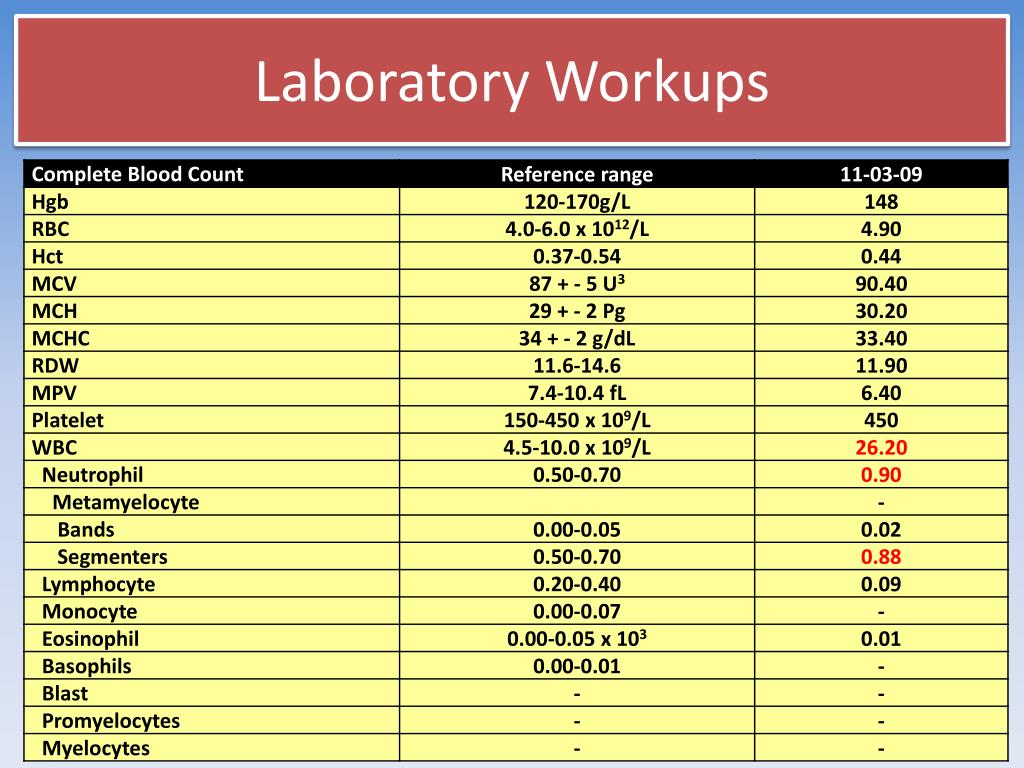 Furthermore, many patients never got confirmatory tests for rare diseases.
Furthermore, many patients never got confirmatory tests for rare diseases.
Over-testing for liver issues also comes with a financial cost, Tapper notes. For instance, three tests for conditions that don’t cause acute liver injury are performed often on hospital patients with severely elevated liver enzymes.
Together, the blood tests cost less than $65. But if they’re done on every hospitalized patient with high levels, it could cost $40 million a year. And because they’re often sent to outside testing labs, the wait for results may prolong a patient’s hospital stay. They also can lead to biopsies costing more than $1,500 apiece.
Over-testing in outpatients
In addition to the hospital-based sample, Tapper and his colleagues have also used data from the United States and Britain to make a model of liver testing in the outpatient setting.
In the Journal of Hepatology paper, Tapper and U-M colleague Sameer Saini, M.D., M.S., and their colleague Neil Sengupta, M. D., of the University of Chicago, publish the results of a computer model they created using data from 10,000 adults who had slightly elevated liver enzyme levels in their initial blood test.
D., of the University of Chicago, publish the results of a computer model they created using data from 10,000 adults who had slightly elevated liver enzyme levels in their initial blood test.
They found that a directed approach to liver testing would have yielded fewer false positives and half the number of liver biopsies. And slight changes to the pretesting probability of any given condition based on the patient’s history and symptoms can affect a recommended course of action and potential costs greatly.
“The main message to all physicians with a patient with elevated liver enzyme levels is, think about what could really hurt my patient and what’s common, and direct your testing in that way first,” says Tapper. “If you find out on day seven that it’s actually a rare case of Wilson disease, the delay of a few days won’t have changed the treatment plan, or harmed the patient. But the dollar cost, and personal cost, can be much higher for those who receive false positives and unnecessary biopsies.
“Patients just want to be told straight up what they have and what they should do.”
More Articles About:
Rounds
Health Screenings
Liver Biopsy
Health Care Delivery, Policy, and Economics
Wellness and Prevention
Health Lab
Explore a variety of healthcare news & stories by visiting the Health Lab home page for more articles.
Media ContactPublic Relations
Department of Communication at Michigan Medicine
[email protected]
734-764-2220
Stay Informed
Want top health & research news weekly? Sign up for Health Lab’s newsletters today!
SubscribeSubscribe
Featured News & Stories
Health Lab
‘Concerning’ CT scans may cause unnecessary hospitalization for some pulmonary embolism patients
Michigan Medicine research finds that some patients with PE, a blood clot in one or more pulmonary arteries, may be hospitalized unnecessarily due to computed tomography, or CT, imaging results rather than clinical risk factors.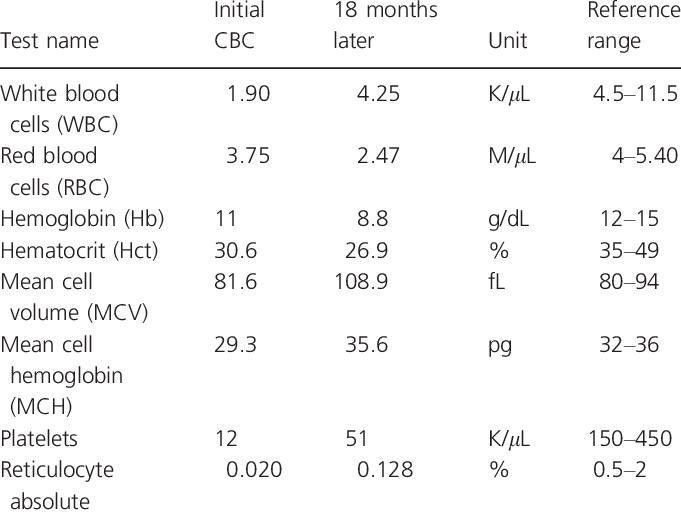
Health Lab
Health policy needs data. How can researchers help?
Tips and advice for translating health research findings into relevant, timely and compelling information
Health Lab
A freeze, or a fix? Preventive care coverage at a crossroads
As a court case called Braidwood vs. Becerra goes through the legal system, a popular Affordable Care Act provision hangs in the balance.
Health Lab
More older adults are using patient portals, but access and attitudes vary widely
Use and confidence are lower in those with lower incomes or lower levels of physical or mental health
Health Lab
Labor induction doesn’t always reduce caesarean birth risk or improve outcomes for term pregnancies
A new study suggests that inducing labor at 39 weeks for low-risk pregnancies may not reduce the risk of C-sections or improve outcomes.
Health Lab
COVID-19 linked to financial toll on patients
COVID-19 hospitalization is especially linked to an impact on patients’ financial health
Blood test – What you need to know before donating blood for tests
Category: Making an appointment through the State Services portal.
Blood analysis is one of the main methods of laboratory diagnostics of human health. The information contained in it will help the doctor to make or clarify the diagnosis, draw conclusions about the presence of pathological processes in the body. A blood test is prescribed when making a diagnosis, if necessary, to clarify the available data, during preventive examinations and in many other situations. To obtain an objective picture, two important conditions must be observed: the correct preparation of the patient for blood donation for analysis and the exact observance of the methodology for taking material for research.
Preparation for analysis
The day before the scheduled blood test, it is necessary to limit physical activity, exclude sports, excessive exercise. The last meal should be no later than 12 hours before the study. A blood test is performed on an empty stomach, in the morning you can not drink tea, coffee, which can affect the accuracy of the result. It is also necessary to exclude smoking immediately before the study.
It is also necessary to exclude smoking immediately before the study.
As a rule, samples are taken in diagnostic laboratories from 8 am to 10-11 am. To donate blood for analysis, you should come early: firstly, so as not to create a rush queue at the end of the work of medical personnel, and secondly, so as not to distort the results of the study. Indeed, to obtain correct results, immediately before the analysis, you need to warm up, rest for 15-20 minutes.
Capillary blood test
The standard method of blood testing, which most patients have been accustomed to since childhood, is the analysis of capillary blood, which comes from a small puncture on the finger. This test is called a complete blood count. It can be used to identify the first reaction of the body to inflammation caused by bacteria, viruses and parasites, to determine the presence of allergies, and to diagnose severe conditions from the hematopoietic system, such as anemia or leukemia. Such information is important for the correct diagnosis and treatment of many diseases.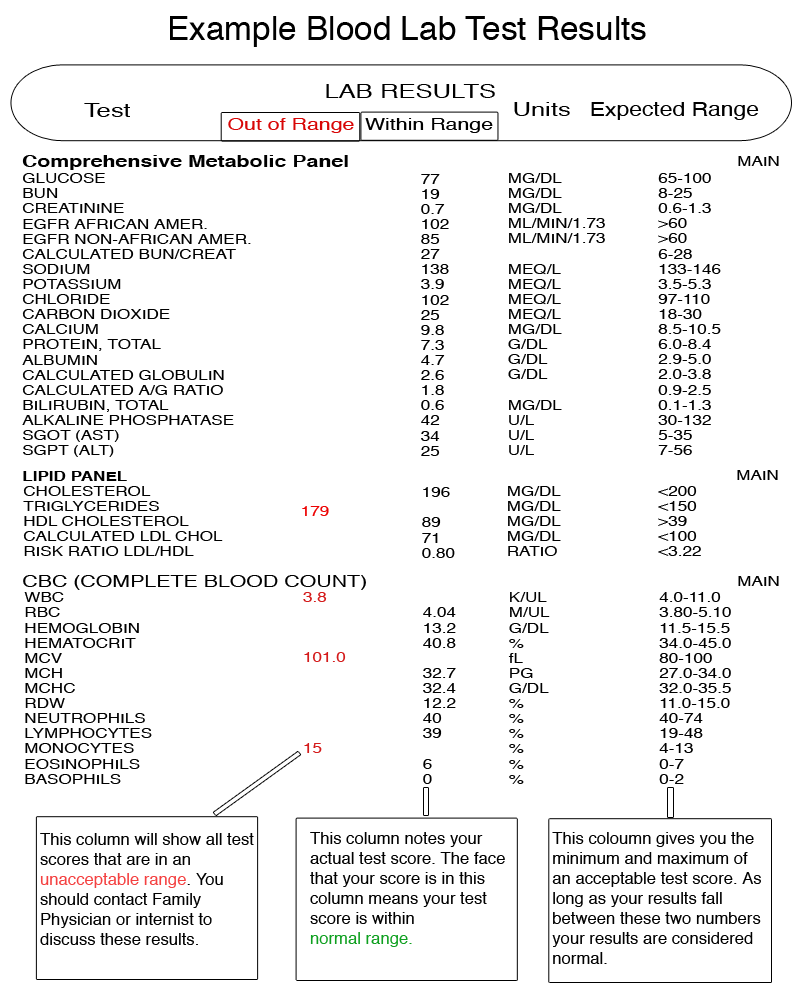
Of course, deciphering the data of a general blood test and making a diagnosis is the business of a doctor. However, patients themselves should also have an idea of what information this study contains. An elevated or, conversely, low level of hemoglobin, leukocytes, erythrocytes and other components in the blood is also an indicator of the presence or absence of inflammatory processes, various infectious or chronic diseases. However, the task of deciphering the analysis by a doctor will become significantly more complicated if, in the process of taking diagnostic material in the laboratory, the analysis methodology was violated. Unfortunately, the capillary method of taking blood does not always make it possible to obtain a high-quality sample for research.
This is primarily due to the composition of the material itself. Thus, capillary blood has a lower concentration of calcium, potassium and total protein, but a higher concentration of glucose and hemoglobin.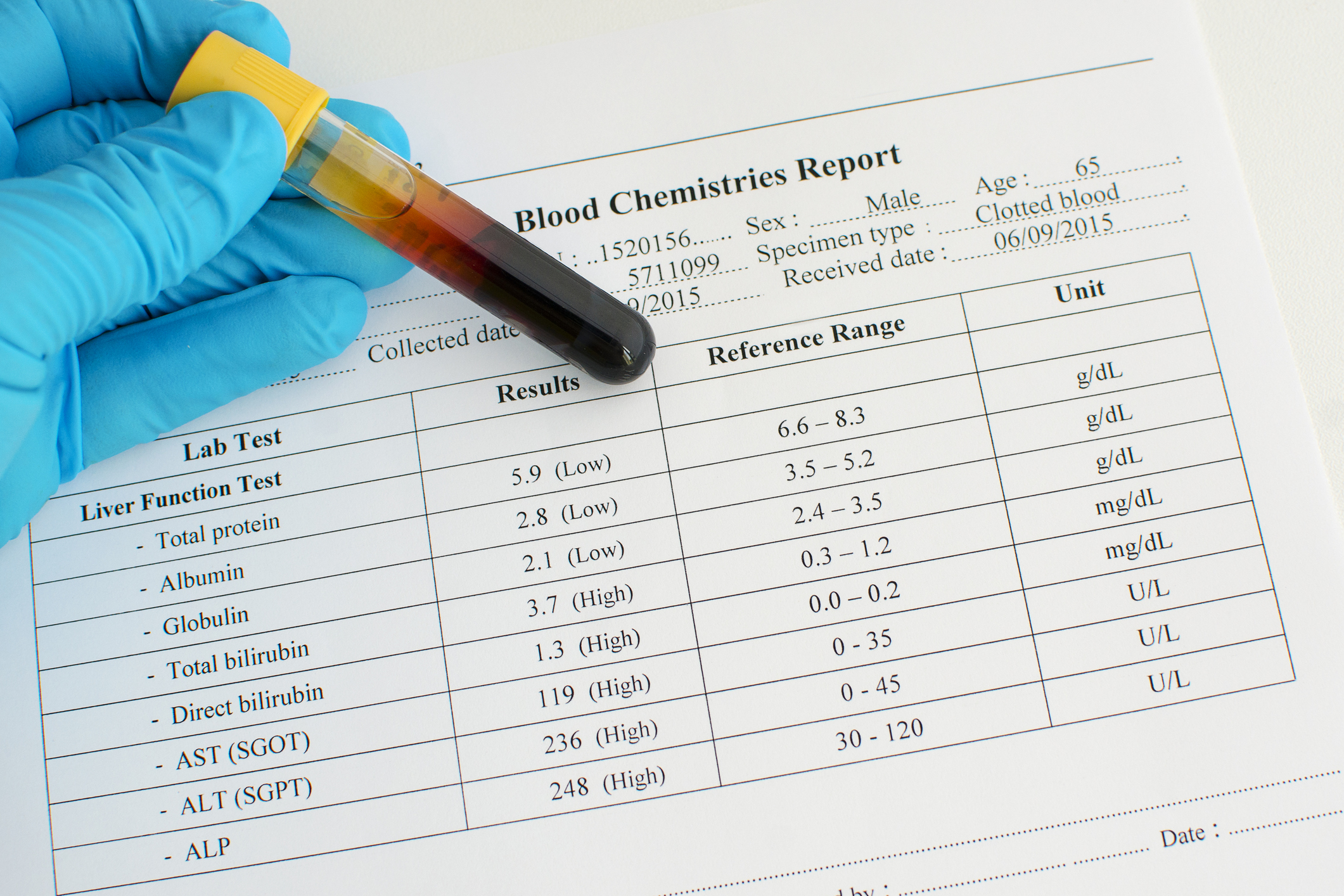 Also, the blood can be diluted with excess extracellular fluid, which can cause inaccurate test results. Microclots may appear in the test material, reducing the reliability of the data. When taking capillary blood, the rest of the antiseptic (alcohol) and tissue fluid can also get into the sample, which significantly reduces the quality of the sample and affects the accuracy of the laboratory test. In this case, a reanalysis will be required.
Also, the blood can be diluted with excess extracellular fluid, which can cause inaccurate test results. Microclots may appear in the test material, reducing the reliability of the data. When taking capillary blood, the rest of the antiseptic (alcohol) and tissue fluid can also get into the sample, which significantly reduces the quality of the sample and affects the accuracy of the laboratory test. In this case, a reanalysis will be required.
Blood from a vein
A more accurate method of diagnosis today is the analysis of venous blood. It is indispensable, for example, when conducting a biochemical blood test, showing whether the cardiovascular system, liver, kidneys, pancreas, and muscles are functioning correctly. So, the first indicator of blood biochemistry is albumin protein – it is determined for the diagnosis of renal, rheumatic, oncological diseases, liver pathologies. The term “total protein” refers to the total content of albumin and globulins in the blood serum – this indicator is a key indicator of protein metabolism in the body.:max_bytes(150000):strip_icc()/hemoglobin-level-test-1942658-01-1721875f4eab417bb161afc2acf1b89d.png) This is significant information for the diagnostician – as you know, with an excess of cholesterol, plaques form on the walls of blood vessels, and the risk of developing cardiovascular diseases increases. Also, blood biochemistry allows you to find out the level of glucose – a parameter indicating the possible presence of diabetes mellitus. Standardly, about 30 parameters are examined in a biochemical blood test, and the detailed information obtained as a result makes this analysis one of the most objective criteria for human health. That is why it is so important to properly take and save the material for analysis.
This is significant information for the diagnostician – as you know, with an excess of cholesterol, plaques form on the walls of blood vessels, and the risk of developing cardiovascular diseases increases. Also, blood biochemistry allows you to find out the level of glucose – a parameter indicating the possible presence of diabetes mellitus. Standardly, about 30 parameters are examined in a biochemical blood test, and the detailed information obtained as a result makes this analysis one of the most objective criteria for human health. That is why it is so important to properly take and save the material for analysis.
The analysis of venous blood is carried out in two main ways – open and closed. Traditionally, Russian healthcare facilities use the open method, in which a nurse takes blood from a vein with a syringe, hollow needle or gravity into a test tube. This technique is outdated: with an open technology for taking blood, the risk of destruction of blood cells when it is transferred to a test tube increases.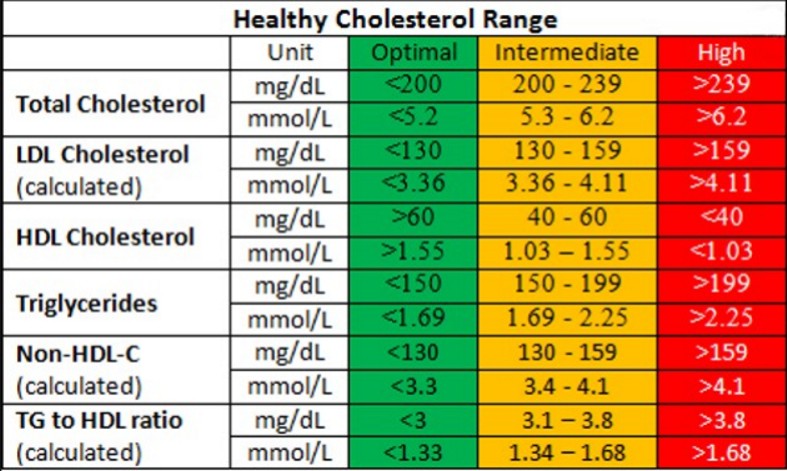 The best option for obtaining blood for research today is the so-called closed method using vacuum systems consisting of a vacuum tube, a holder and a needle. The test tube allows you to collect the required volume of blood, and the needle with a special silicone coating easily penetrates the skin without causing pain. This procedure is safe for both the patient and the healthcare worker taking blood for testing.
The best option for obtaining blood for research today is the so-called closed method using vacuum systems consisting of a vacuum tube, a holder and a needle. The test tube allows you to collect the required volume of blood, and the needle with a special silicone coating easily penetrates the skin without causing pain. This procedure is safe for both the patient and the healthcare worker taking blood for testing.
After this procedure, the blood will be securely stored in a test tube specially dosed with the right amount of reagent, which increases the chance of obtaining the most accurate test result. It is also worth remembering that for preventive purposes it is recommended to conduct a blood test at an interval of once a year: in this case, the attending physician will be able to notice changes in the patient’s health in time and prescribe treatment at an early stage of the disease.
Biochemical blood test
You can take a biochemical blood test for enzymes at the CDC “Laboratory of Health”.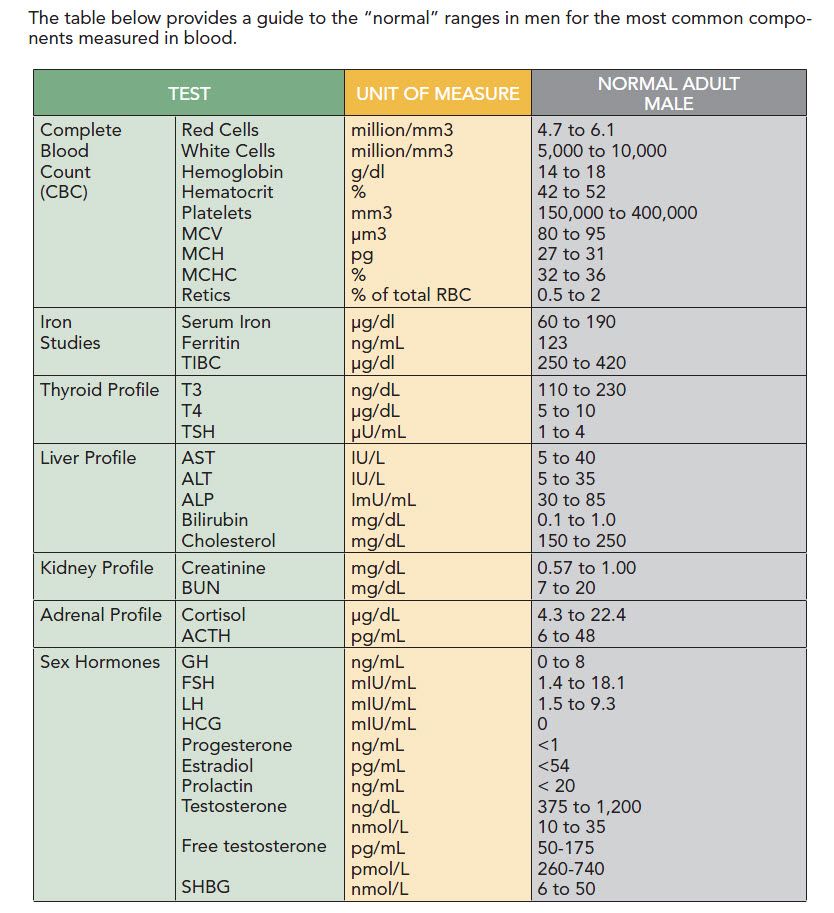 We conduct research in a short time: in 2-3 days you will be able to get the results. Thanks to the use of the latest equipment, we can guarantee the reliability of the results.
We conduct research in a short time: in 2-3 days you will be able to get the results. Thanks to the use of the latest equipment, we can guarantee the reliability of the results.
A biochemical blood test is one of the main methods for the primary diagnosis of many diseases. It allows you to detect dysfunction of various organs, to assess the deficiency of certain substances. The analysis determines the concentration and ratio of various enzymes. Depending on what disease the doctor assumes, a set of enzymes to be studied is selected. This profile is aimed at determining the pathologies of the liver and pancreas, kidneys. Tests for these indicators can be taken at any office of our laboratory.
Before you take a biochemical blood test for enzymes, you need to be trained. The study is carried out strictly on an empty stomach, after the last meal, at least 8 hours must pass. It is better to take tests in the morning, when the enzyme indicators are the most objective. A few days before the procedure, alcohol and fatty foods, high physical activity and severe stress should be excluded. Compliance with these measures will help to obtain the most reliable data.
Compliance with these measures will help to obtain the most reliable data.
A biochemical blood test for enzymes is highly informative. Based on the data obtained, the doctor can make a diagnosis, choose the appropriate treatment program or the direction of further diagnosis.
Indicators of lipid metabolism
Indication for laboratory study of lipid metabolism is the diagnosis of the following diseases:
- atherosclerosis and its complications,
- IHD — ischemic heart disease,
- myocardial infarction,
- stroke.
An increased concentration of lipids in the blood significantly increases the risk of developing vascular complications in atherosclerosis. The level of substances largely depends on the quantities in which they come with food. Therefore, a low-fat diet is often prescribed to correct lipid status.
Analyzes allow you to determine the content of the main lipids – cholesterol and triglycerides. For transport in the blood, they bind to proteins – apoproteins. Such combinations are called lipoproteins. There are several types of them, differing in the level of triglycerides, cholesterol and apoproteins.
For transport in the blood, they bind to proteins – apoproteins. Such combinations are called lipoproteins. There are several types of them, differing in the level of triglycerides, cholesterol and apoproteins.
As part of a laboratory study of lipid metabolism, the concentration and ratio of all indicators of lipid status are determined:
- cholesterol,
- triglycerides,
- high and low density lipoproteins,
- apolipoproteins A1 and B.
For diagnosis, a blood test is performed. The biomaterial is taken on an empty stomach in the morning. Before the study, you must refrain from eating for 12 hours. In the morning you can only drink water. The procedure for taking blood is painless and takes only a few minutes.
The study is conducted within 3 days. The results are available on our website after filling out a special form. You can also pick up the conclusion in person or use the courier delivery service. The cost of the study is indicated on the website. Biomaterial sampling is paid separately.
Biomaterial sampling is paid separately.
Protein metabolism indicators
Biochemical blood test for protein includes the study of two main indicators of metabolism:
- total protein,
- albumen.
The first allows you to evaluate the synthesis and breakdown of substances in the body as a whole. Its concentration may decrease due to:
- fasting,
- vegetarian diet,
- metabolic disorders,
- diseases of the digestive tract,
- neoplasms,
- significant blood loss,
- malfunction of the liver and kidneys.
If a biochemical blood test shows a high concentration of total protein, this indicates:
- dehydration (with burns, diseases of the gastrointestinal tract),
- myeloma.
Analysis for protein fractions
Albumin is one of the fractions of total protein. A biochemical blood test for this indicator is prescribed for suspected pathology of the kidneys and liver.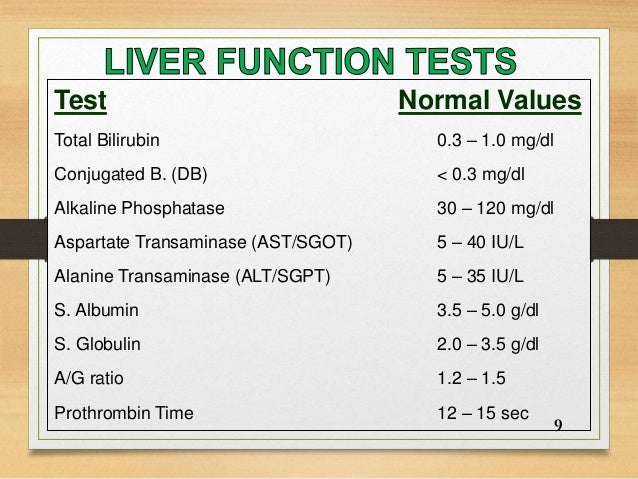 The reasons for the increase and decrease in concentration are the same as for the main substance. Albumin levels may also be reduced in pregnant and lactating women or in young children.
The reasons for the increase and decrease in concentration are the same as for the main substance. Albumin levels may also be reduced in pregnant and lactating women or in young children.
To determine the level of other specific proteins, you need to take blood tests with a proteinogram. A biochemical test allows you to evaluate the concentration of fractions of alpha, beta and gamma globulins, as well as their qualitative composition. The level of these substances in the blood increases significantly during inflammatory processes or exacerbations of chronic diseases. Malignant tumors also cause an increase in their plasma volume.
A biochemical blood test for total protein and its fractions is given strictly on an empty stomach. The day before the study, it is necessary to exclude fatty and heavy foods from the diet. Compliance with these requirements guarantees the accuracy and information content of the test.
Rheumatic tests
A blood test for rheumatic tests is usually performed as part of a comprehensive examination of the immune system. During the tests, the amount of specific proteins that are markers of systemic or autoimmune diseases are determined.
During the tests, the amount of specific proteins that are markers of systemic or autoimmune diseases are determined.
Rheumoprobes include blood tests to determine the following protein compounds:
- C-reactive protein,
- rheumatoid factor,
- ASL-O.
The level of C-reactive protein rises if there is an inflammatory process in the body. This test is performed for suspected chronic infectious diseases with a latent course. It is not recommended to take a blood test for people who have recently undergone surgery or have been injured, as protein levels also increase when tissues are damaged.
A blood test for rheumatoid factor is prescribed for the differential diagnosis of rheumatoid arthritis. During the rheumatic test, the quantitative content of protein compounds in the serum is determined. A significant excess of the norm indicates a severe course of arthritis. High rates of rheumatic tests can also be a sign of inflammation of the connective tissue or viral infections.
Antistreptolysin-O is a marker of streptococcal infections. This protein is found in the blood of patients with meningitis, scarlet fever, myocarditis. Streptococcus also leads to an exacerbation of rheumatoid arthritis, so patients with this diagnosis should regularly undergo this test.
All blood tests for rheumatic tests are taken strictly on an empty stomach, after 8-12 hours of fasting. A few days before the study, you need to stop taking medication, give up alcohol and significant physical exertion. The test will be uninformative if you donate blood after an X-ray examination.
Diagnosis of anemia
CDC “Laboratory of Health” diagnoses anemia by blood tests. On this page you will find a set of studies that you can submit separately or together.
Anemia, or anemia, is a group of syndromes that have a common symptom: a decrease in the level of hemoglobin in the blood, usually with a simultaneous decrease in the number of red blood cells. Evaluation of the following indicators increases the accuracy of diagnosing anemia by blood tests:
Evaluation of the following indicators increases the accuracy of diagnosing anemia by blood tests:
- LZhSS – the ability of serum to bind iron; one of the main indicators by which anemia is diagnosed by a blood test; changes with violations of the metabolism of the microelement, in the case of iron deficiency anemia, the LZhSS increases, if at the same time complex analyzes show a low level of serum iron, this indicates anemia associated with chronic diseases, cancer, infections,
- vitamin B12 – important for the normal formation and maturation of red blood cells; the highest risk of cyanocobalamin deficiency is in vegetarians, since the vitamin comes from animal products, a decrease in concentration affects the decrease in the amount of folic acid,
- B9 – folic acid is also important for hematopoiesis: it stimulates the formation of erythro-, leuko- and platelets, the compound enters the blood along with green vegetables, wholemeal bread and is partially formed by the intestinal microflora, the acid supply in the liver is small, a month of cessation of use is enough for the deficiency to occur source foods, anemia develops after four months.

As part of the diagnosis, you can take a blood test for transferrin, ferritin, erythropoietin. Choose tests according to the recommendations of your doctor. Only a specialist evaluates the results. Diagnosis of anemia by a blood test can be difficult, so the doctor evaluates the clinical symptoms, research data in the complex, and anamnesis.
Cardiomarkers
Cardiomarkers are specific protein compounds found in muscle tissue. With heart disease, the cells are damaged, the released enzymes enter the bloodstream. A large amount of amino acids in the blood can also indicate the destruction of skeletal muscles, hidden bleeding.
Analyzes for cardiac markers are prescribed:
- in preparation for surgery under general anesthesia,
- patients with complaints of pain in the heart,
- for the differential diagnosis of cardiovascular diseases.
Patients admitted with suspected infarction are tested for myoglobin, troponin I, and creatine kinase.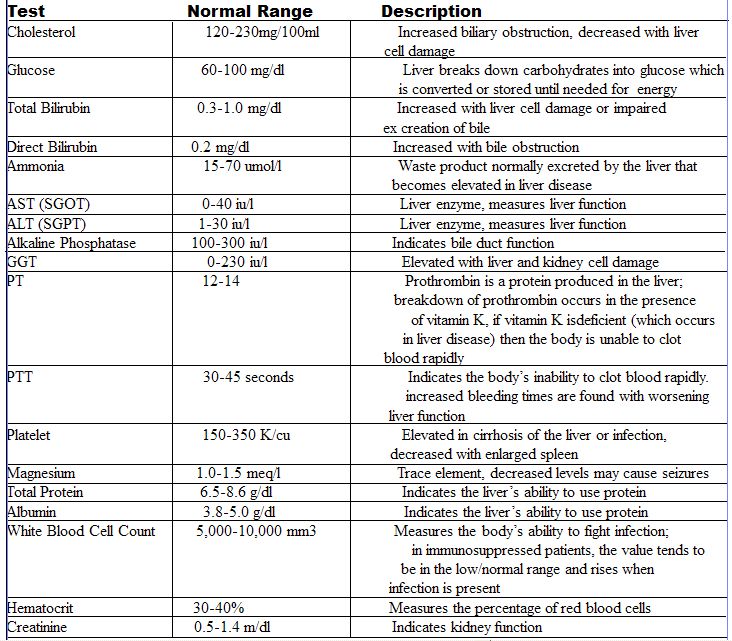 The increase in the concentration of these proteins in the blood begins within a few hours after the defeat of the heart muscle.
The increase in the concentration of these proteins in the blood begins within a few hours after the defeat of the heart muscle.
If systemic heart disease or destruction of the vascular wall is suspected, a blood test is performed for the cardiomarker homocysteine. An increase in the concentration of the amino acid indicates damage to the vascular epithelium. Indicators below the norm are a sign of a lack of folic acid and B vitamins in the body.
Patients with ischemia or acute coronary syndrome should be regularly tested for the content of troponin I. This specific protein is present only in the heart muscle, released at the slightest damage to its cells. An increase in the concentration of a cardiomarker indicates the risk of developing myocardial infarction in the near future.
You can undergo any research in our laboratory without a doctor’s prescription. Enough to make an appointment by phone. The results of analyzes for cardiac markers will be ready in one to five working days, depending on the number of indicators.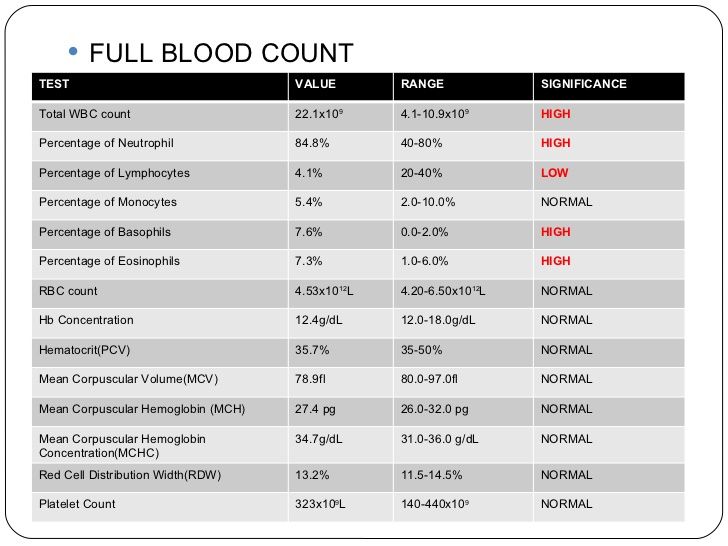 You can get the data at the office where the examination was carried out, or by e-mail.
You can get the data at the office where the examination was carried out, or by e-mail.
Residual nitrogen and purine metabolism
Residual blood nitrogen is the sum of all nitrogen-containing substances in the blood after the removal of proteins from it.
The substances that make up the residual nitrogen include:
- urea;
- uric acid;
- creatinine;
- lactate and some others.
The concentration of residual nitrogen in the blood serum is a valuable diagnostic indicator for many diseases.
Result
The norm for biochemical analysis for residual nitrogen is an indicator from 14.3 to 28.6 mmol / l.
An increase in residual nitrogen may indicate:
- acute or chronic renal failure;
- impaired renal function;
- heart failure;
- dehydration;
- obstruction of the urinary tract;
- bleeding from the upper gastrointestinal tract;
- severe bacterial infections;
- decreased adrenal function (Addison’s disease).

A decrease in the level of residual nitrogen can be a symptom of:
- liver failure;
- viral, toxic and autoimmune hepatitis;
- celiac disease.
Preparation
A biochemical blood test requires special preparation.
- You need to take the analysis strictly on an empty stomach, after 8-12 hours of fasting, you can drink only non-carbonated water.
- You should not change your diet for 3 days, but try to exclude fatty, spicy and fried foods.
- It is recommended to cancel sports activities 3 days before the study.
- Biochemical analysis should be taken in the morning, from 7 to 11 hours.
- You should stop taking medication for 3 days, if this is not possible, tell your doctor.
- It is advisable to take tests in the same laboratory
Pigment metabolism indicators
Biochemical analysis for bilirubin allows you to determine the condition of the liver and biliary tract.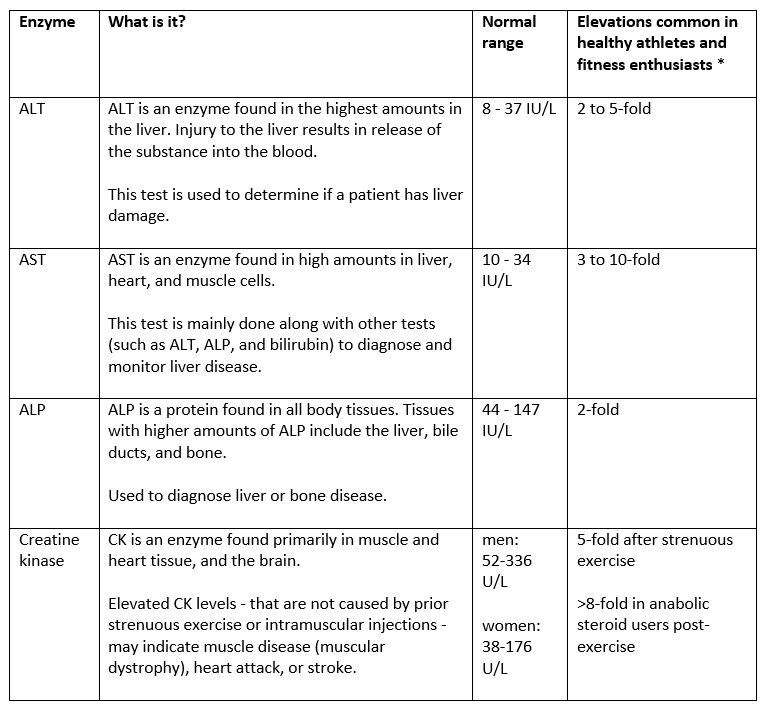 It is carried out according to the following indications:
It is carried out according to the following indications:
- liver diseases,
- cholestasis,
- hemolytic anemia,
- diagnosis of jaundice of various origins.
As part of a biochemical blood test, two indicators are evaluated.
- Direct bilirubin is synthesized from free bilirubin by binding to glucuronic acid. By its concentration, one can judge the state of the biliary tract and liver, and identify the causes of jaundice. The content of the enzyme increases in violation of the outflow of bile, hepatitis and other pathologies. A significant release of bilirubin into the blood causes yellowing of the skin and sclera of the eyes, darkening of the urine.
- Bilirubin is a product of the breakdown of myoglobin, hemoglobin and cytochromes. Formed in the cells of the liver and spleen, is one of the main components of bile.
There is a normal value for the content of bilirubin: indirect – up to 17.1 µmol / l, direct – up to 4. 3 µmol / l. Exceeding the concentration may indicate the following violations:
3 µmol / l. Exceeding the concentration may indicate the following violations:
- vitamin B12 deficiency,
- liver cancer,
- hepatitis, primary cirrhosis,
- formation of gallstones,
- Gilbert’s disease,
- poisoning – drug, alcohol or toxic.
To make an accurate diagnosis, additional tests are prescribed.
Before passing the analysis for bilirubin, you should undergo a simple preparation. The procedure is carried out strictly on an empty stomach, after the last meal, at least 8 hours must pass. The night before, give up alcohol and fatty foods, reduce physical activity and try to avoid stress. Following these recommendations allows you to obtain the most reliable data.
Sugar analysis
A blood test for sugar and other indicators of carbohydrate metabolism is offered by the laboratory of the CDC “Laboratory of Health”. The main tests are collected in a special profile. You can choose individual tests or complete a comprehensive study.
Doctors recommend taking a blood and urine test for sugar in the following cases:
- diagnosis and control of type I and II diabetes mellitus,
- pathology of the thyroid gland, pituitary gland, adrenal glands,
- hepatic diseases,
- determination of tolerance to glucose (sugar component) when testing patients at risk,
- obesity,
- diabetes during pregnancy.
A blood test for glucose concentration is the main study for diagnosing diabetes. It is he who must be taken first when the following symptoms appear:
- excessive urination due to an increase in the osmotic pressure of urine caused by glucose dissolved in it (in a healthy person, the analysis shows the absence or minimum level of this substance),
- constant thirst associated with fluid loss,
- unexplained hunger and weight loss due to metabolic disorders.
These symptoms develop acutely and are most typical of type I diabetes.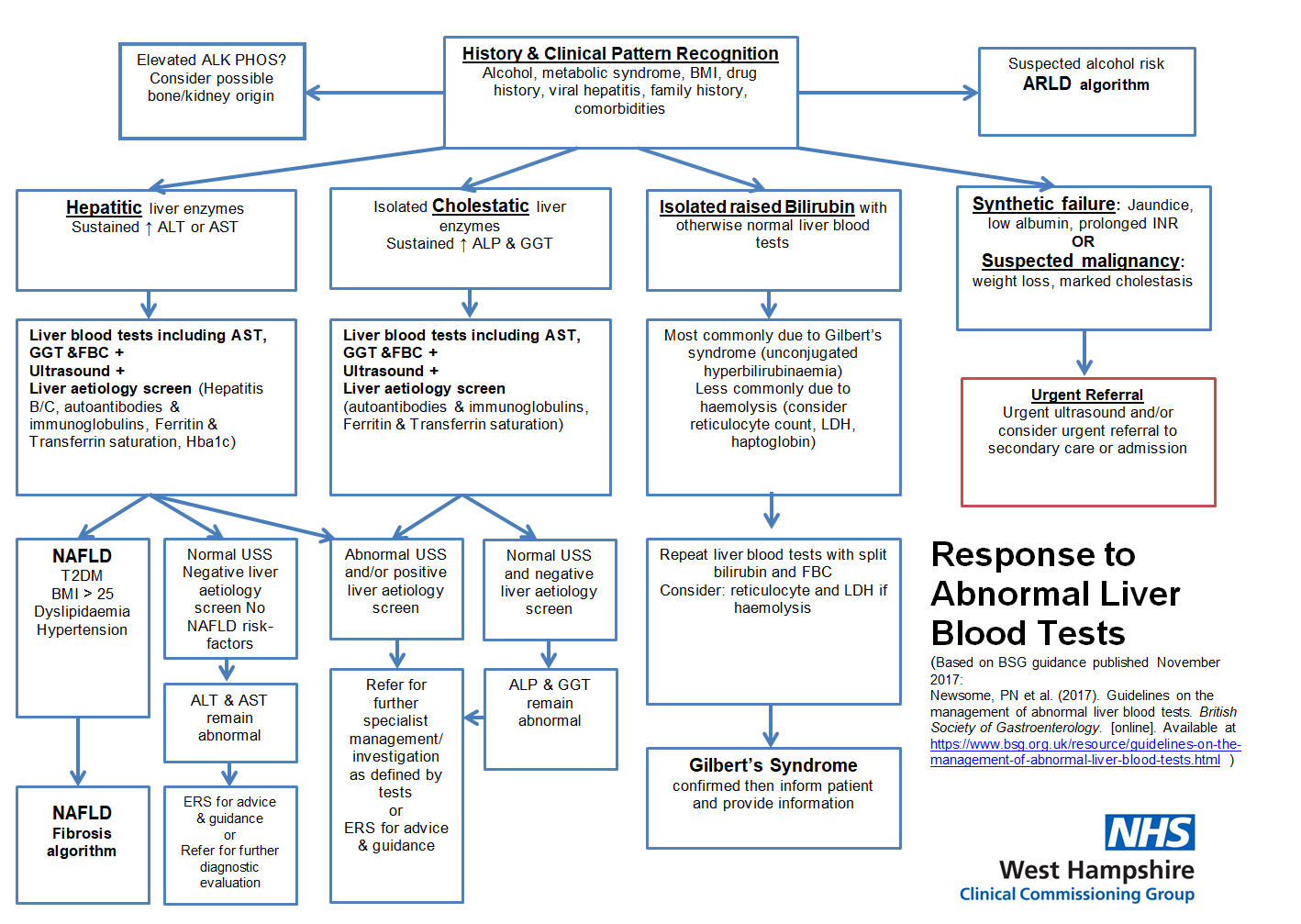 Secondary signs:
Secondary signs:
- itching,
- dry mouth,
- muscle weakness,
- skin inflammation,
- visual impairment.
A blood test for glycated hemoglobin is indicated for long-term follow-up of patients to monitor treatment and the degree of compensation. The level of this substance reflects hyperglycemia – an increase in sugar, typical for diabetics.
Expediency of researches to you will be explained by the endocrinologist. If the doctor has prescribed tests for sugar and other substances to assess carbohydrate metabolism, we invite you to undergo a comprehensive diagnosis with us. We use modern equipment to obtain accurate results.
Inorganic substances, macro and microelements
A biochemical blood test for trace elements is a study that allows you to comprehensively assess the state of the body, the functionality of systems and organs, identify symptoms of diseases or determine which vitamins and minerals a person lacks.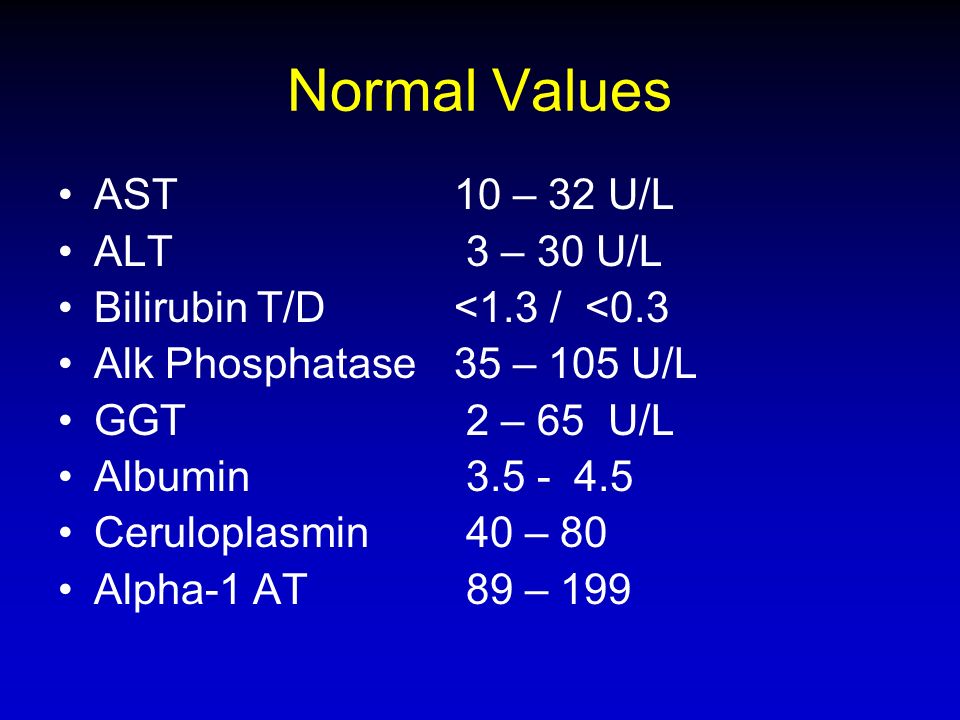
Most often, biochemical analyzes are taken to determine the content of vital (essential) elements in the blood:
- calcium;
- potassium;
- sodium;
- chlorine;
- magnesium;
- phosphorus;
- copper;
- gland;
- zinc.
A blood test for trace elements allows you to:
- reflect the functional state of organs and systems;
- identify an active inflammatory process;
- establish the fact of violation of water-salt metabolism;
- identify rheumatic processes;
- correctly diagnose and prescribe an effective treatment that will be effective;
- prevent the development of diseases.
Knowing the microelement profile of the body is important for the correct prescription of vitamin-mineral complexes, since some initially beneficial microelements in high concentrations become hazardous to health. An imbalance of vitamins and minerals can lead to:
- decrease in immunity;
- diseases of the skin, hair, nails;
- allergies, bronchial asthma;
- diabetes, obesity;
- hypertension;
- diseases of the cardiovascular system;
- scoliosis, osteoporosis, osteochondrosis;
- blood diseases;
- intestinal dysbacteriosis, chronic gastritis, colitis;
- infertility, decreased potency in men;
- delayed mental and physical development.

You can take a biochemical blood test for trace elements at any of the offices of our laboratory. The study should be carried out on an empty stomach, it is recommended to stop taking medications for 3 days. You can get additional information by phone.
Osteoporosis markers
Laboratory diagnosis of osteoporosis includes tests for the following indicators:
- calcitocin – a hormone that maintains a constant level of calcium in bone tissue, preventing its destruction,
- parathyroid hormone – indicates the effectiveness of calcium metabolism, controls the flow of calcium and phosphate from bones into the blood,
- deoxypyridinoline (DPID) is the most specific marker of bone tissue destruction; is the main cross-link material of collagen,
- osteocalcin, a key non-collagen bone protein; its content reflects the metabolic activity of osteoblasts,
- b-Cross Laps is a degradation product of type 1 collagen, an increase in its concentration indicates an acceleration in the process of collagen destruction.

A blood test is done to diagnose osteoporosis. A comprehensive assessment of several indicators allows you to accurately diagnose and identify the causes of osteoporosis.
The disease is characterized by a violation of the structure of bone tissue, a decrease in bone mass. Accompanied by an increase in the activity of osteoclasts – cells that destroy bones. Osteoblasts – creative cells – do not fill the resulting cavities, as a result of which the tissue is not restored. For diagnostics, several functional methods are used:
- bone densitometry,
- radioisotope bone scan,
- trepanobiopsy.
Laboratory diagnostics is the final stage of examinations. It allows you to confirm the assumptions of the doctor, to identify the conditions for the course of the disease.
You can take tests at any office of the CDC “Laboratory of Health”. It takes about 7 days to diagnose osteoporosis. We will inform you about the readiness of the results.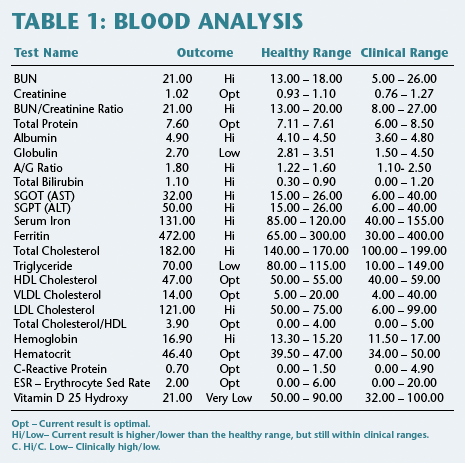

 Or it
Or it Blood that takes a long time to clot may mean liver disease. Or it may mean
Blood that takes a long time to clot may mean liver disease. Or it may mean This test measures the
This test measures the This test
This test